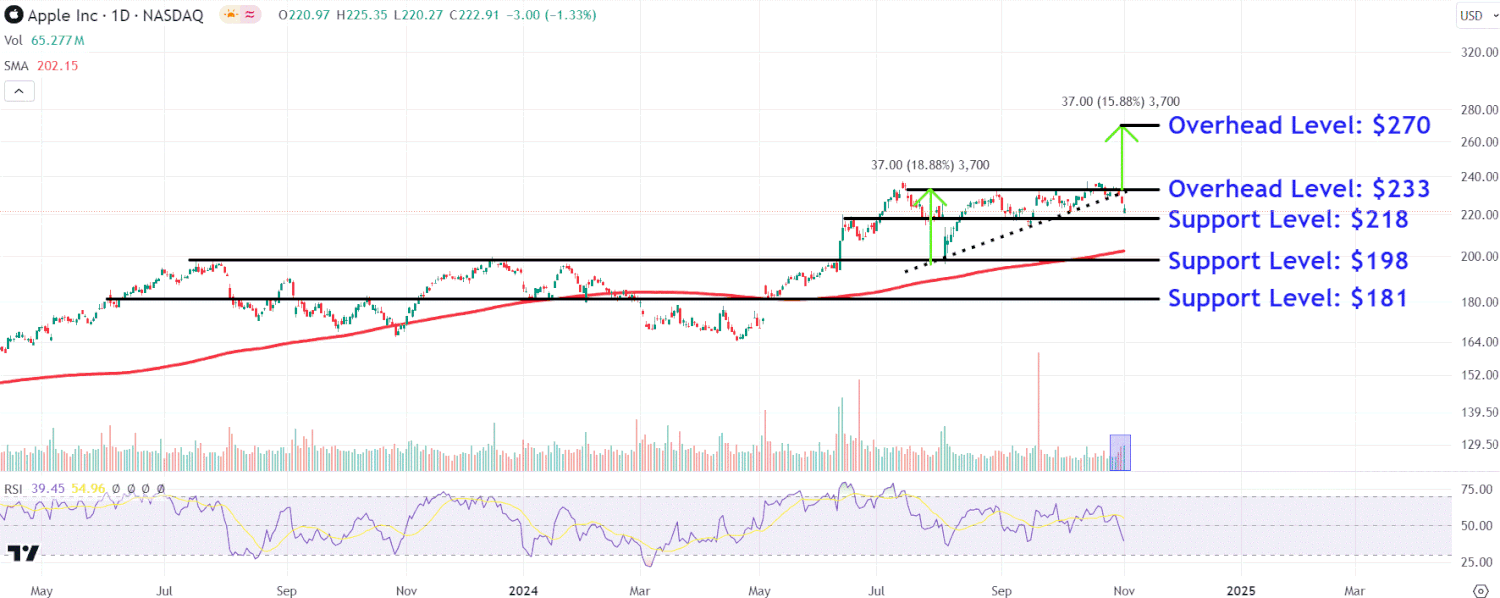
#Feds #Favorite #Inflation #Gauge #Slowed #September
Key takeaways
- Inflation, measured by the personal consumption expenditures price index, fell to an annual rate of 2.1%, approaching the Fed’s target of 2%.
- The report was one of the last looks at the state of the economy that voters will get before next Tuesday’s elections.
- While overall inflation fell, core inflation, which excludes volatile food and energy prices, remained stubbornly above the Fed’s target of 2.6% over the year.
The last inflation report before the general election showed price increases approaching the Federal Reserve’s target of an annual rate of 2%.
The cost of living as measured by personal consumption expenditures rose 2.1% year over year in September, down from a 2.3% increase in August, the Bureau of Economic Analysis said Thursday. This was a new low since February 2021 and is close to the Fed’s target of a 2% annual rate.
The inflation rate was in line with forecasters’ expectations, according to a survey conducted by economists Dow Jones Newswires and The Wall Street Journal.
Inflation is top of mind for voters and Fed officials
It was the last official report before Tuesday’s election on inflation, an issue voters said was one of their biggest concerns, according to exit polls. Both candidates stressed their plans to curb inflation, which rose in 2021 and 2022.
The report was also the last before the Fed’s next meeting in November. At that meeting, the central bank will decide whether to cut the key federal funds rate again, putting downward pressure on borrowing costs. The Federal Reserve made its first cut since 2020 at its last meeting, lowering the high interest rates it had maintained to curb inflation.
Thursday’s report showed that prices of most things people buy are rising at rates similar to pre-pandemic levels. Although inflation has fallen, prices are still higher than before the pandemic.
There is no clear victory yet for the Fed
Core inflation, which excludes volatile food and energy prices, has remained stubbornly high, at 2.7% over the year, the same level as in August, largely due to rising housing costs.
The Fed pays more attention to core inflation when assessing whether to reach its inflation target because food and energy prices can fluctuate for reasons unrelated to broader economic trends. The central bank prefers to measure inflation using personal consumption expenditures rather than other measures such as the consumer price index.
Inflation rose when measured on a monthly basis, rising 0.2% in September from August, compared to an increase of 0.1% in the previous month. Core prices rose by 0.3% on a monthly basis, compared to 0.2% in August.
The report also showed household finances improving, with income rising 0.3%, up from 0.2% in August, and spending rising 0.5%, up from 0.3% the previous month. Resilient consumer spending has been a bright spot for the economy, boosting economic growth over the past two years despite rising borrowing costs for all types of loans.
Overall, the report did little to change financial markets’ expectations that the Fed would cut its benchmark interest rate by 0.25 percentage points in November.
“The consumer is an unstoppable force, armed with strong employment and asset income, and a profligate disposition,” Ali Jafari, an economist at CIBC Bank, wrote in a commentary. “The Fed will want to maintain strength in the economy and today’s data, as well as yesterday’s strong GDP report, (which) continues to support gradual interest rate cuts.”
#Feds #Favorite #Inflation #Gauge #Slowed #September




